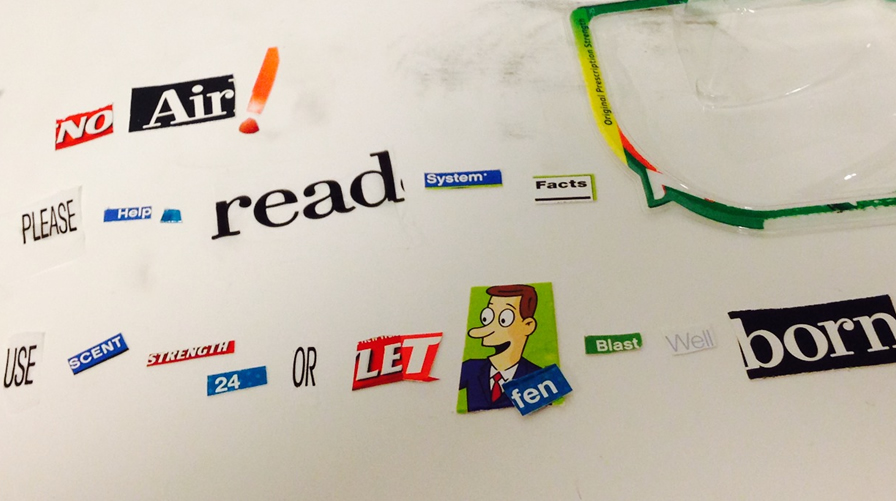Body In Irrational Pain
Based on THE INTERIOR STRUCTURE OF THE ARTIFACT, taken from ‘The Body in Pain: The Making and Unmaking of the World’ by Elaine Scarry
In this particular chapter from her definitive work on pain and inflicting pain, Elaine Scarry argues that objects are not only the imagined and, consequently, materialized result of the human body in pain but that they are also sites of projections as well as reciprocations of the live body, a ‘record of the nature of human sentience’. She starts by presenting inferences from the preceding chapters- the deceptive nature of description, the malevolent nature of political power- before addressing the issue of making and unmaking directly which she believes to be a requisite for understanding political justice itself.
After narrowing the scope of the current chapter to discuss (a) the object as a projection of the human body and (b) the relationship between the object as a site of projection as well as reciprocation, Scarry utilizes the first section to give examples of the former: Bandage and clothes are cited as extensions of the skin, while cameras, monocles and lens are seen as ‘projected materializations’ of the lens in the human eye. Similarly, phalluses have unconsciously led to skyscrapers, wombs to shields and shelters, and hearts to canal systems. Scarry does not just draw parallels between physical organs and made objects, but extends the projection analogy to bodily needs and capacities- memory became writing, film and xerox printers, and movement led to the steam engine. Here, Scarry extends her definition of projection to include aspiration: the made object as a magnification of our natural capacity. The computer is ‘an external materialization of our electrical and neuronal pathways’ as well as our ‘capacity for self-replication and self-meditation’ and all of Sigmund Freud’s work can be seen as the projection of sentient desire just as the writings of Karl Marx represent the bodily capacity for labor.
Scarry also delves into the nature of bodily projection itself, calling it an act of reversal. Traveling from the inside to the outside, ‘objectless-ness’ turns into a material object and, similarly, the material presence of the projection of pain outside the body makes it absent on the inside. She continues her analysis with introducing a more interior view of the body as an ‘aliveness’ or ‘awareness of aliveness’ but that is beyond the scope of this work.
I agree with Scarry’s view of making but not without reservations. As a critical response that could challenge her assertions, I experimented with a method of making that was, potentially, independent of the human need or capacity. I had been suffering from a nasty cold these past days and I decided that my own ‘body in pain’ was a good starting point for inspiration for this experiment. Drawing from the cut-up method pioneered by Brion Gysin and the Dadaist techniques of Collage and Assemblage, I used the packaging of my cold medicine, including the shopping bag and receipt that accompanied them to create the object seen above.
The object has origins in the pain in my body but, because of the method of its making, I do not believe it is a projection of a human need or capacity, a relationship which is inherently logical. Because Dadaist methods are rooted in irrationality and chaos, it can not provide the resolution and balance that Scarry insists is behind all making. One possible way to counter this argument would be to say that even ‘irrational’ objects are a projection of the human need for chaos but that is an area of exploration that Scarry has not touched upon in her writing which firmly sticks to the realm of human logic and necessity.
Perhaps, the text resulting from the cutup is a cryptic message that reflects my body’s plea for a cure:
“No Air! Please help. Read System Facts. Use Scent Strength 24 or Let Fen Blast Well Born Allergy”


